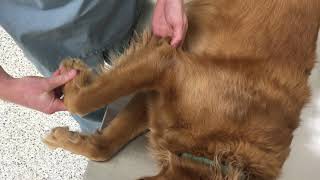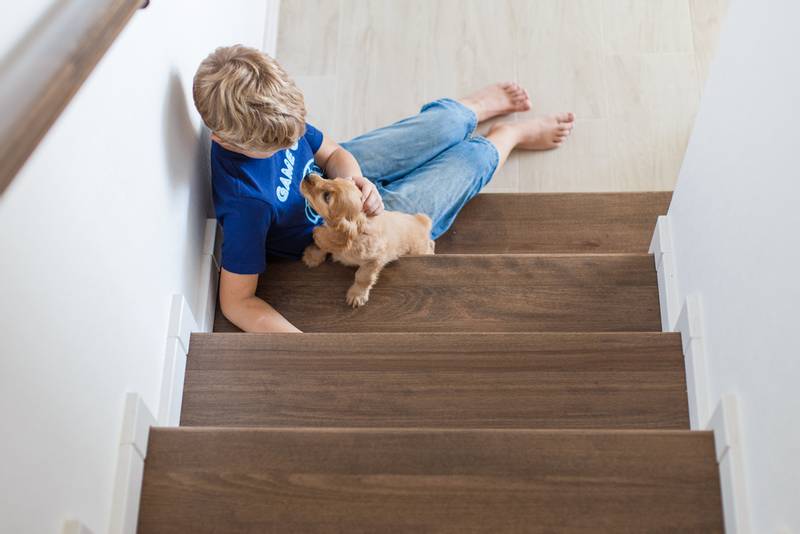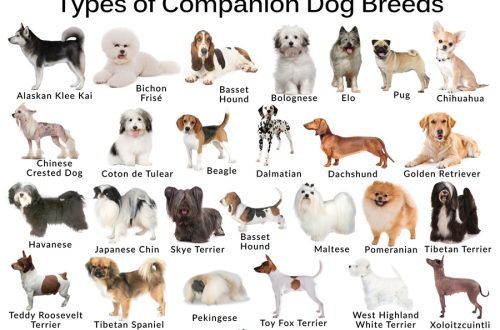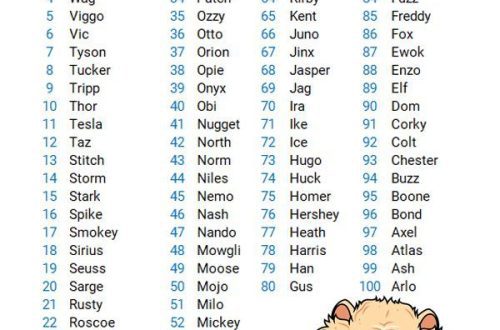
What is the Campbell test?
When visiting breeders, potential owners are simply lost, because the babies are so unusually pretty, so affectionate, it’s so nice to hold them in your arms. And I want to take home this little black one, and that little white one, and even this little sweetie with a white spot on the muzzle, which just brought the ball. It is very difficult to give preference to one person. But the agony of choice increases a hundredfold if the dog is taken not just as a pet, but as a guard, hunter or ring fighter. So how do you judge a puppy’s temperament? How to understand whether he will grow up as a leader or quiet? Will you have to fight with him for leadership, each time proving that you are in charge, or will the dog unquestioningly obey even a child? Bill Campbell’s test will help you find out the character of the puppy and choose the right one. It has been developed over eight years on over ten thousand dogs.

There are several rules for conducting the test. The first of them – it should be carried out by a person with whom the puppies are unfamiliar. Secondly, the test is carried out in a spacious and quiet room, where there are no external stimuli (for example, noise or loud music). In no case should the person conducting the test praise or scold the puppy, trying to treat him neutrally. And the most important rule is that the test should be carried out in puppyhood and a half to two months.
The Campbell test consists of five tests, each of which is carried out only once (it cannot be repeated). All tests are passed strictly in the order in which they are listed in the test. It is also recommended to immediately prepare a table where the results will be entered and mark the puppies being tested in order to quickly and easily fill in the data on them, without getting confused by the color features.
Contents
First test: contact assessment
It is necessary to bring the puppy into the room, put it on the floor and return to the door. Stop at the door, turn around to the baby, squat down and call him, invitingly waving and smacking his hand. Attention! If the puppy immediately rushed after you, then you initially behaved incorrectly: for example, you spoke to him or in some other way invited him to follow you. Grading system: if the baby is not suitable – 1 point; approaches slowly and indecisively, the tail is lowered – 2 points; approaches quickly, but the tail is not raised – 3 points; approaches quickly, the tail is raised – 4 points; comes up quickly, happily waving his tail and inviting to play – 5 points.

Second Test: Assessment of Independence of Character
Take the baby in your arms, take it to the middle of the room and go to the door. Test scoring system: if the puppy does not go with you, 1 point is put; goes without hunting, the tail of the baby is lowered – 2 points; goes with readiness, but the tail is still lowered – 3 points. 4 points is given to a puppy that willingly walks beside or on the heels, the tail is raised, while he does not try to play with you. If the baby willingly walks along, the tail is raised, tries to play (for example, barking and grabbing you by your clothes), 5 points are given.
Third Test: Assessment of Obedience Tendency
Take the puppy and lay it on its side. Hold it with your hand, placing it on top of the breast. If the baby calmly obeys your actions, without actively resisting, and when he is laid down, behaves calmly and does not try to escape, give him 1 point. If the puppy laid on the floor raises its head, follows you, can climb into hands with its muzzle, but does not resist, does not try to lick you or, for example, bite – 2 points. If the baby does not resist when laying down, but when he is already lying on the floor, he behaves restlessly, licks your hands, is indignant, we put 3 points. 4 and 5 points are given to puppies that actively resist your attempts to lay them down, while five points also bite.

Test Four: Human Tolerance Assessment
Stroke the puppy calmly several times, running your palm over the head and back. If the baby does not react in any way to your actions, mark in the corresponding line of the table – 1 point. If the puppy turns to you, pokes his wet nose into the palm of his hand, but does not lick or bite, – 2 points. If he licks his hands, bites them playfully, puts his back to be scratched and stroked, we put 3 points. If the puppy does not enjoy petting, tries to dodge, grumbles, but does not bite – 4 points. If the baby actively dodges, resisting with all his might, and even bites, then we put 5 points.
Fifth Test: Assessing Dominance Tendency
Take the puppy in your arms (under the chest and stomach), raise it to the level of the face and turn the baby with its muzzle towards you so that it looks at your face. Hold it for about 30 seconds while observing the behavior. If the baby does not resist, but does not try to somehow establish contact with you, we evaluate his behavior at 1 point. If the puppy does not resist, but at the same time tries to lick your face or hands, – 2 points. The behavior of the puppy, which at first resists, then calms down and tries to lick you, is worth 3 points. We give four points to the baby if he resists, refuses to look at you, but does not growl and does not try to bite. And 5 points gets a puppy that actively resists, growls and even tries to bite you.
When conducting a test, you need to take into account that if the puppy in one test receives the maximum score, and in the other the lowest possible score, then it is likely that you made a mistake or the dog does not feel well (for example, did not get enough sleep or fell ill).
In this case, to recheck the results, it is necessary to repeat the entire test after a few days and in a different room. If the assessments are confirmed, then it is possible that the puppy has mental defects. Or the person doing the testing makes the same mistakes every time.
Test scores
The most interesting thing is summing up the results of the test. There are several groups of dogs based on the results of testing.
“Excellent” and “good students”
Unlike the school, where such scores are considered purely positive, in the Campbell test this is not entirely true. If the puppy scored 5 points in the last two tests, and in the rest of its scores not lower than 4 points, then potential owners should be aware that, having chosen this dog, they will have to spend a lot of time on . Such a dog will try with all its might to dominate and with all its might to subjugate everyone to itself. Such pets require self-respect, a firm hand and strong nerves. At the same time, it should be taken into account that harsh methods of education will rather have the opposite effect. But as a result, having successfully coped with education, the owners will receive a devoted guard and friend.

If the baby has become good, that is, he has fours in almost all lines of the table, and in the remaining 3 points, then it is quite possible that a purposeful and assertive animal will grow out of a clumsy baby, which is perfect for guard, guard or search and rescue service . But, like an excellent student, such a puppy should not be trusted by children or teenagers. It is desirable that the owner of the dog is an adult with a firm hand, ready to seriously deal with the animal, spending a lot of time on the training ground.
“Triplets”
If the baby, according to the results of testing, received basically 3 points each, especially in the last tests, then he will make a wonderful friend and companion. Such a dog is not cowardly and requires respect for itself, but it may well put up with your actions. This dog will also easily adapt to any conditions, is very well educated and is suitable for a family with children. True, difficulties may arise if the owners want to make a harsh guard out of a pet.
“Losers”
If the puppy basically scored deuces and ones for the tests, then you have a very obedient and patient dog in front of you. However, there are also difficulties. Although the puppy is likely to be easy to train, you will need to show much more patience and care than with C grades, and dedicate a lot of time . Losers do not like contact with a person, they are completely self-sufficient, and you need to convince them that it will be better for them with you than alone. And if such a puppy earned fours for part of the tests, then perhaps its owners will face cowardly and aggressive behavior at the same time.
Choosing a puppy, of course, is with open eyes. But if everything inside you says that it is that cute girl with a white spot on her nose that is your dog, if you are 100% sure that you will cope with any difficulties and will be able to raise your pet with dignity, despite all the test results, then take a puppy, and long life to you with him!





